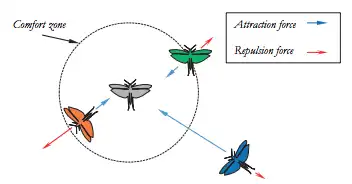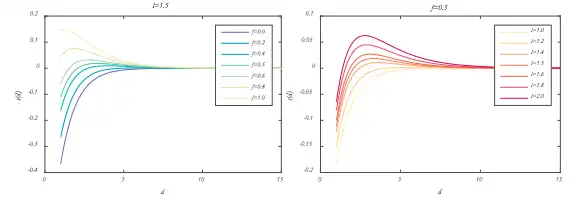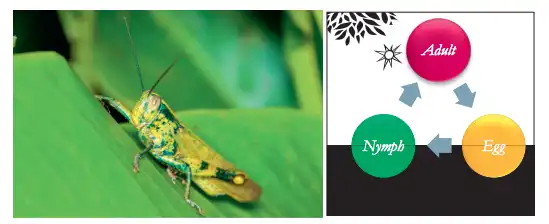About Grasshopper Optimisation Algorithm
Abstract
The process of finding the best values for the variables of a particular problem to minimise or
maximise an objective function is called optimisation. Optimisation problems exist in different
fields of studies. To solve an optimisation problem, different steps need to be taken. Firstly,
the parameters of the problem should be identified. Based on the nature of the parameters,
problems may be classified as continuous or discrete. Secondly, the constraints that are applied
to the parameters have to be recognised. Constraints divide the optimisation problems into
constrained and unconstrained. Thirdly, the objectives of the given problem should be
investigated and considered. In this case, optimisation problems are classified into
single-objective versus multi-objective problems [2]. Finally, based on the identified types of
parameters, constraints, and number of objectives a suitable optimiser should be chosen and
employed to solve the problem.
Introduction
Mathematical optimisation mainly relies on gradient-based information of the involved functions
in order to find the optimal solution. Although such techniques are still being used by
different researchers, they have some disadvantages. Mathematical optimisation approaches suffer
from local optima entrapment. This refers to an algorithm assuming a local solution is the
global solution, thus failing to obtain the global optimum. They are also often ineffective for
problems with unknown or computationally expensive derivation. Another type of optimisation
algorithm that alleviates these two drawbacks is stochastic optimisation.

Grasshopper Optimisation Algorithm (GOA)
Grasshopper are insects. They are considered a pest due to their damage to crop production and
agriculture. Although grasshoppers are usually seen individually in nature, they join in one of
the largest swarm of all creatures. The size of the swarm may be of continental scale and a
nightmare for farmers. The unique aspect of the grasshopper swarm is that the swarming behaviour
is found in both nymph and adulthood. Millions of nymph grasshoppers jump and move like rolling
cylinders. In their path, they eat almost all vegetation. After this behaviour, when they become
adult, they form a swarm in the air. This is how grasshoppers migrate over large distances.
Their life cycle includes two phases called nymph and adulthood. The nymph phase is characterized
by small steps and slow movements, while the adulthood phase is characterized by long-range and
abrupt movements. The movements of nymph and adulthood constitute the intensification and
diversification phases of GOA.
The main characteristic of the swarm in the larval phase is slow movement and small steps of the
grasshoppers. In contrast, longrange and abrupt movement is the essential feature of the swarm
in adulthood. Food source seeking is another important characteristic of the swarming of
grasshoppers. As discussed in the introduction, nature-inspired algorithms logically divide the
search process into two tendencies: exploration and exploitation. In exploration, the search
agents are encouraged to move abruptly, while they tend to move locally during exploitation.
These two functions, as well as target seeking, are performed by grasshoppers naturally.
Therefore, if we find a way to mathematically model this behaviour, we can design a new
nature-inspired algorithm.



